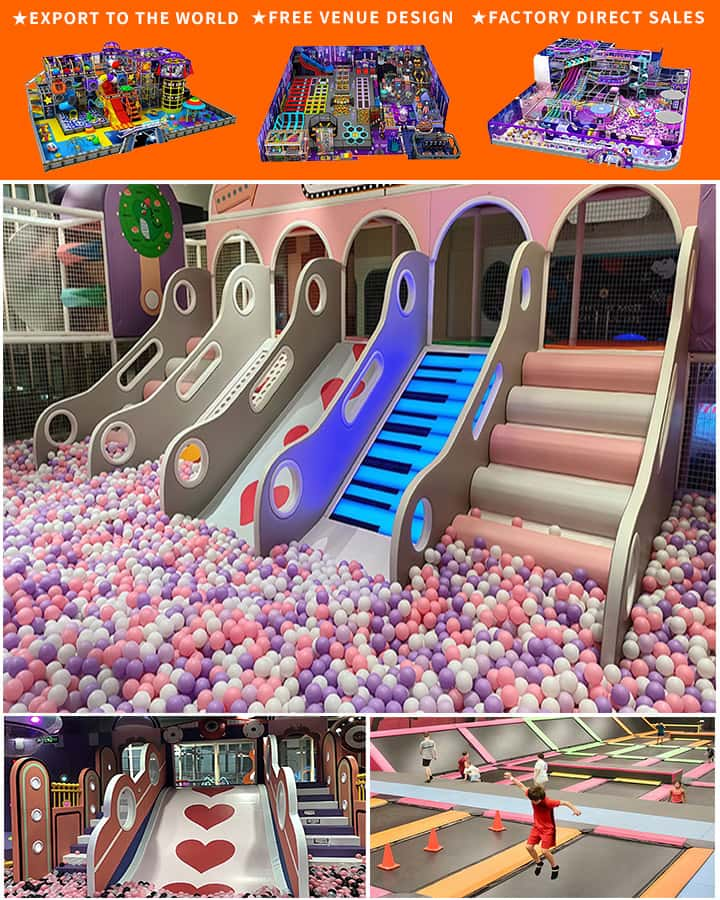Starting an indoor playground business can be a thrilling venture that combines fun for children with potential profitability. However, understanding the costs associated with setting up and running such a business is crucial to ensure long-term success and sustainability. This article delves into various cost considerations to help prospective entrepreneurs gauge the financial outlay required to establish a thriving indoor playground.
Initial Setup Costs: The Foundation of Your Indoor Playground
- Lease or Purchase of Space:
- Renting commercial space can vary significantly based on location, size, and local market rates. A prime spot in a shopping mall or busy district typically demands higher rent but offers increased visibility and footfall. Leasing terms often include security deposits and may require renovations specific to your business needs.
- Purchasing property provides long-term stability but involves substantial upfront investment. It’s a decision influenced by financial capacity, market trends, and future growth plans.
- Renovation and Build-Out Expenses:
- Transforming the chosen space into an appealing and safe indoor playground necessitates professional interior design tailored for children’s safety and entertainment. This includes installing soft flooring, securing play equipment, creating themed zones, and ensuring appropriate lighting and ventilation systems. Renovation costs vary widely depending on the extent of modifications and quality of materials used.

- Play Equipment and Furniture Acquisition:
- Investing in diverse, high-quality play structures and furniture is vital for attracting families and encouraging repeat visits. From climbing frames and slides to ball pits and interactive installations, sourcing age-appropriate, durable, and engaging equipment is key. Additionally, comfortable seating areas for parents contribute to a positive experience.
Operational Costs: Keeping the Fun Going
- Staff Salaries and Training:
- Hiring friendly, responsible staff who are adept at supervising children’s activities while maintaining a safe environment is paramount. Comprehensive training programs ensure employees understand safety protocols, customer service standards, and first aid procedures.
- Utilities and Maintenance:
- Regular electricity usage, heating/cooling systems, water supply for hygiene facilities, and cleaning services constitute ongoing utility expenses. Routine maintenance of play equipment and infrastructure prevents breakdowns and prolongs the lifespan of assets.
- Marketing and Promotion:
- Attracting customers requires strategic marketing efforts, including social media campaigns, local advertising, partnerships with schools or daycare centers, and hosting events. Building a strong brand presence fosters loyalty and word-of-mouth referrals.
- Insurance and Licensing:
- Securing comprehensive insurance coverage protects against liabilities related to accidents or injuries on premises. Adhering to local health and safety regulations, obtaining necessary permits, and renewing licenses entail periodic costs.
Contingency Planning: Budgeting for Unforeseen Circumstances
Emergency Funds: Setting aside a portion of profits as an emergency fund safeguards against unforeseen challenges like equipment repairs, unexpected downturns, or natural disasters.
Expansion and Innovation: Allocating resources for future expansion or upgrading attractions keeps the playground fresh and competitive amidst evolving consumer preferences.
In conclusion, launching an indoor playground business involves meticulous planning and a clear understanding of the multifaceted costs involved. While initial setup expenses lay the groundwork, operational expenditures sustain daily functions and growth. By accounting for these costs and implementing effective financial management strategies, entrepreneurs can navigate the complexities of this vibrant industry and cultivate a successful venture that brings joy to children and profits to investors.




